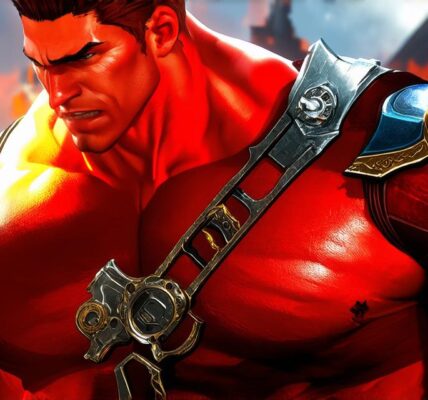The First Commercial Video Game: Pong
Pong, developed by Atari in 1972, is considered the first commercially successful video game. The game featured two paddles controlled by players trying to hit a ball back and forth across the screen. It was a simple yet addictive concept that captured the imagination of millions of people around the world.
Pong’s success was due in part to its simplicity. The game could be played by anyone, regardless of their gaming experience or skill level. Additionally, Pong was relatively affordable, costing only $25 for a home console version. This made it accessible to a wide range of people, which helped to expand the market for video games.

The Impact of Pong on the Video Game Industry
Pong’s success had a profound impact on the video game industry. It demonstrated that video games could be commercially successful and paved the way for other developers to enter the market. In fact, many other companies started developing their own video games in response to Pong’s popularity.
One of the most significant impacts of Pong was its influence on the design of future video games. Many early video games were simple concepts that could be easily controlled by players. This trend continued into the 1980s and beyond, as developers sought to create games that were both fun and accessible to a wide range of players.
Another impact of Pong was its role in shaping the future of video game consoles. The home console version of Pong was an early success, and it helped to popularize the idea of having a dedicated gaming device in the home. This led to the development of other home consoles, such as the Atari 2600 and the Nintendo Entertainment System (NES), which revolutionized the way we play video games today.
The Influence of Pong on Modern Video Games
Pong’s influence can be seen in modern video games in a variety of ways. For example, many modern games feature simple, addictive gameplay mechanics that are reminiscent of Pong. Additionally, many modern games feature multiple players competing against each other, just like Pong’s paddles.
Pong also played a role in the development of esports. The game was one of the first to be competitive and had a dedicated following of players who competed against each other in tournaments. Today, esports has become a multi-billion dollar industry, with millions of people around the world watching and participating in competitive gaming events.
Summary
Pong may not have been the first video game ever created, but it was undoubtedly the first commercial success. Its simple yet addictive gameplay mechanics helped to popularize video games and paved the way for the modern video game industry. From its influence on game design to its role in shaping the future of video game consoles, Pong’s impact can still be seen today.
FAQs:
Q: What was the first commercially successful video game?
A: Pong, developed by Atari in 1972.
Q: How did Pong influence the design of future video games?
A: Pong’s simple yet addictive gameplay mechanics demonstrated that video games could be commercially successful and paved the way for other developers to enter the market. Many early video games were simple concepts that could be easily controlled by players, which continued into the 1980s and beyond.
Q: What role did Pong play in shaping the future of video game consoles?
A: The home console version of Pong was an early success and helped to popularize the idea of having a dedicated gaming device in the home. This led to the development of other home consoles, such as the Atari 2600 and the Nintendo Entertainment System (NES), which revolutionized the way we play video games today.
Q: What is the influence of Pong on modern video games?
A: Pong’s simple gameplay mechanics can be seen in many modern games, and its concept of multiple players competing against each other is a staple of modern gaming. Additionally, Pong played a significant role in the development of esports, with the game being one of the first to be competitive and have a dedicated following of players who competed against each other in tournaments.




